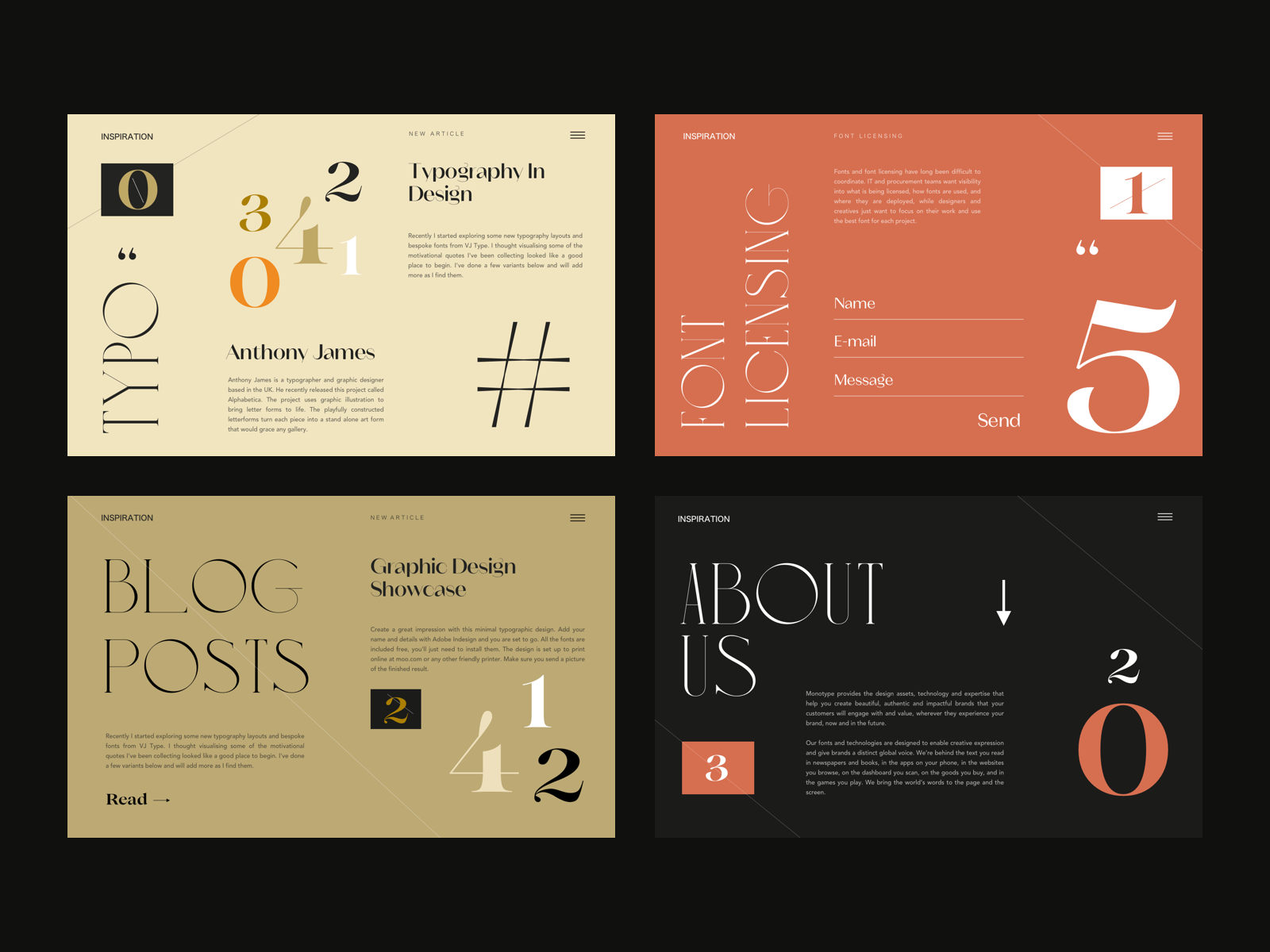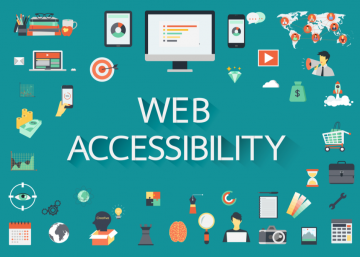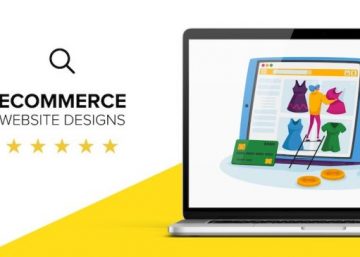Introduction:
Typography is an essential element of web design that often goes beyond just selecting aesthetically pleasing fonts. The right choice of fonts can significantly impact the overall user experience, readability, and visual appeal of a website. In this digital age, where websites serve as virtual storefronts and information hubs, the role of typography in web design cannot be underestimated. This article explores the significance of typography in web design, focusing on how choosing fonts can influence both readability and visual impact.
The Importance of Typography in Web Design:
Typography is the art and technique of arranging type to make text legible, readable, and visually appealing. In web design, typography serves as a crucial tool for conveying information effectively while enhancing the overall aesthetics of a website. A well-executed typographic design can establish a brand identity, guide users through content, and evoke emotions.
Choosing Fonts for Readability:
- Font Legibility: The primary objective of typography is to ensure that text is easily readable. When selecting fonts for web design, prioritize legibility over novelty. Sans-serif fonts like Arial, Helvetica, and Open Sans are often preferred for body text due to their clean and straightforward appearance on screens.
- Font Size and Line Spacing: Appropriate font size and line spacing are pivotal for readability. Too small a font size strains the reader’s eyes, while inadequate line spacing can make text appear cluttered. Aim for a comfortable reading experience by choosing a font size and line spacing that allow users to skim through content effortlessly.
- Contrast and Color: The contrast between text and background plays a significant role in readability. Dark text on a light background or vice versa ensures optimal legibility. Maintain consistency in text color throughout the website for a cohesive user experience.
Creating Visual Impact:
- Brand Consistency: Typography contributes to brand identity by reflecting the personality and values of a business. Choose fonts that align with the brand’s image. A luxury brand might opt for elegant and sophisticated fonts, while a tech-focused site might lean towards modern and bold typography.
- Hierarchy and Emphasis: Typography aids in establishing content hierarchy. Use different font weights, sizes, and styles (such as italics or bold) to emphasize key points and guide users’ attention. Heading fonts should be distinct from body fonts to create a clear visual distinction.
- Personality and Mood: Fonts evoke emotions and set the tone for a website. Playful fonts can infuse a sense of fun, while elegant fonts convey sophistication. Consider the mood you want to convey and choose fonts accordingly.
Best Practices for Typography in Web Design:
- Limit Font Choices: Avoid using too many fonts, as it can lead to visual chaos. Stick to a maximum of two or three fonts—one for headings and another for body text—for a harmonious design.
- Responsive Design: Ensure that your chosen fonts are compatible with different devices and screen sizes. Test fonts on various platforms to guarantee a consistent user experience.
- Whitespace and Line Length: Ample whitespace around text blocks enhances readability, and optimal line length prevents strain on readers’ eyes. Balance these elements for a comfortable reading experience.
- User Testing: Regularly gather feedback and conduct user testing to assess the effectiveness of your chosen fonts. Adjustments can be made based on user preferences and behavior.
Conclusion:
Typography is a powerful tool in web design that extends far beyond aesthetics. The right choice of fonts can make or break a user’s experience, impacting readability, brand identity, and overall engagement. By carefully considering factors like font legibility, hierarchy, and brand consistency, web designers can create visually appealing websites that deliver information effectively and leave a lasting impact on visitors. Through thoughtful typography, websites can truly come to life, bridging the gap between form and function in the digital realm.







